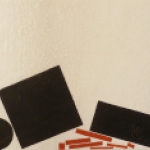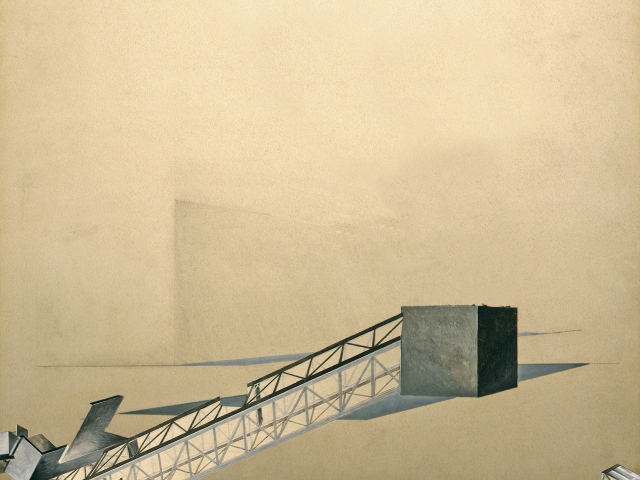- English
- Русский
The launch of the 'Monument to a Scientific Error'. Ilya Orlov

THE LAUNCH OF THE "MONUMENT TO A SCIENTIFIC ERROR"
Ilya Orlov (in collaboration with Gregoire Rousseau)
September 5, 17.00
Kallio Library, Viides linja 11
The new piece by Ilya Orlov presented in the Kallio library refers to the literary theorist and critic Victor Shklovsky and the he ideas of the Russian formalism and the formalist method in literature, which he was developing. OPOYAZ, ‘Society for the Study of Poetic Language’ founded by Shklovsky and a group of prominent literary scholars in 1916 in St Petersburg, became a subject for prosecutions in post-revolutionary Russia. In 1922 Shklovsky had to flee to Helsinki, from where he later moved to Berlin and then was allowed to return to Russia. In 1930 he wrote an articleMonument to a Scientific Error”, which was then seen as an attempt to abandon his ideas. However, by contemporary literary critics, the article is not an opportunist text but a statement about the end of the formalist theory that didn’t fit into the new political reality.
In 2018 Ilya Orlov revisits the short exile of Shklovsky in Finland and readdresses his article by creating a monument to it in the space of the library in Kallio. This work produced in collaboration with artist Gregoire Rousseau is an intention to materialize Shklovsky’s proposition and create a sort of a tautological comment: a monument to a monument. This way, the metaphor used by Shklovsky turns into a concrete and material object:
Ilya Orlov: “My task was to invent a shape, ambiguous enough to make a conversation between formal and mimetic possible; the same as between abstract and concrete, abstract and figurative; that is, to get them interrelated dialectically. Here, that ambiguity turns into a device: the shape is designed so that one can hardly say whether this is a kind of symbolic form in which some weak hints of the shape of the human figure remain, or whether it is a pure abstraction whose likeness to the human figure might only be accidental”.
Ilya Orlov is a conceptual artist and theorist. He is a PhD candidate at The Academy of Fine Arts, Helsinki, and a member of the editorial board of Rab-Rab Journal for political and formal inquiries in art.



